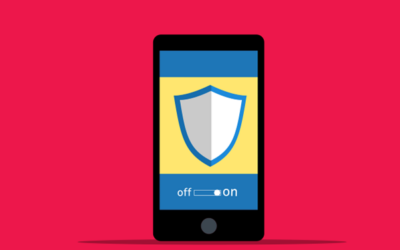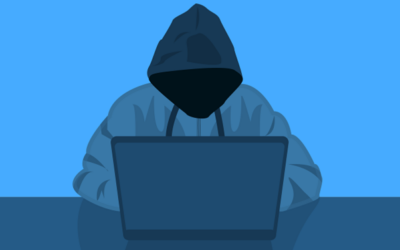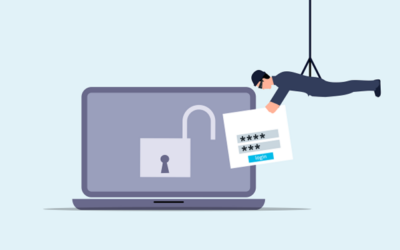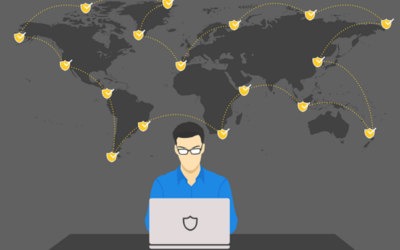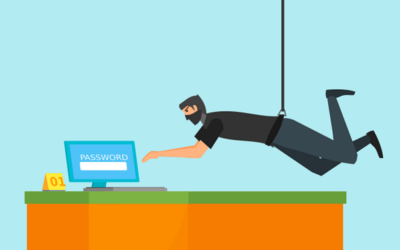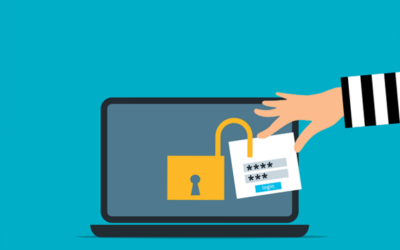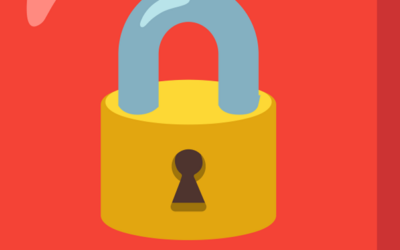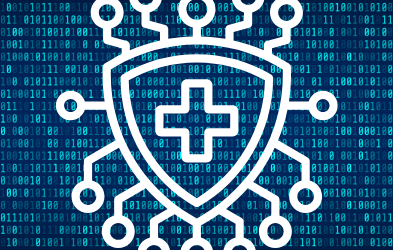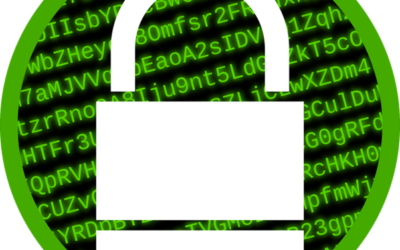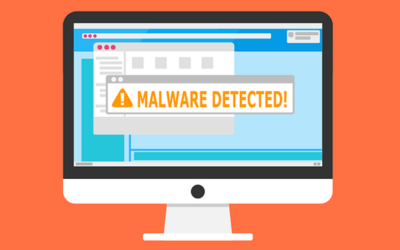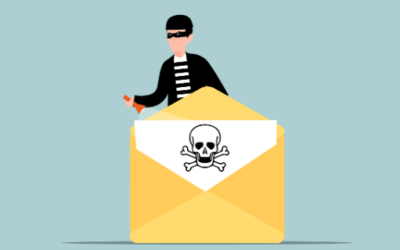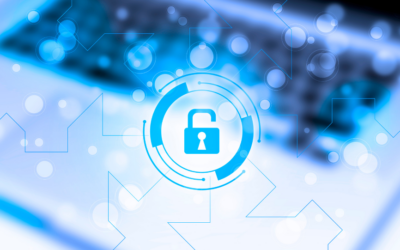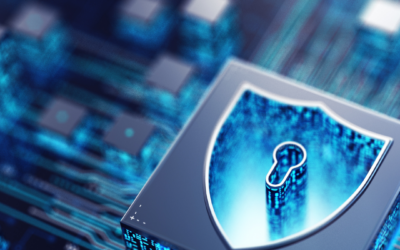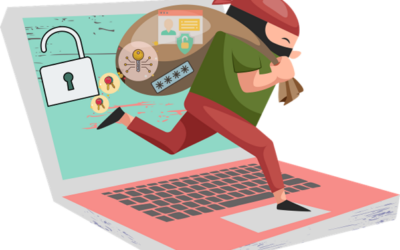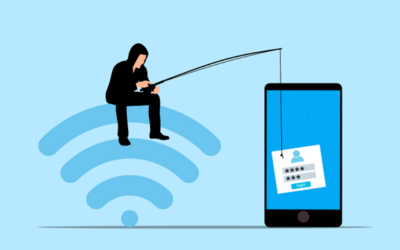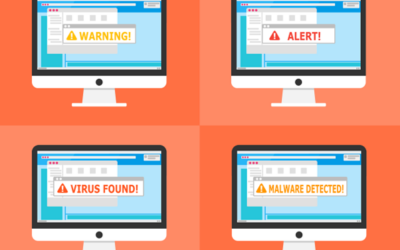 Cyber-attacks only happen to large corporations. But unfortunately, that’s not the case.
Cyber-attacks only happen to large corporations. But unfortunately, that’s not the case.
According to a recent report, almost two-thirds of small and medium-sized businesses (SMBs) suffered at least one cyber-attack over the past year. That’s a staggering number, and it should serve as a wake-up call for businesses everywhere.
But it gets worse.
More and more businesses are also experiencing repeat attacks, with 87% reporting at least two successful attacks over the past year. And on average, a company suffers almost five successful cyber incidents.
Terrifying.
The question is, why are these attacks happening, and what can you do to prevent them?
The most common types of cyber-attacks that businesses face are malware and ransomware.
Malware is malicious software. It invades your system and can cause problems, from slowing your operations to stealing your data.
Ransomware is even more dangerous as it encrypts your data, making it impossible to access it unless you pay a ransom fee. This can devastate any business and lead to significant losses and downtime.
What factors are contributing to more successful attacks?
One reason is the rise in BYOD (Bring Your Own Device). This means employees using their devices to access company information, which can be risky.
Another factor is the explosion of productivity apps, which can create security vulnerabilities if not properly secured.
Finally, the number of devices we use now means more entry points for cybercriminals to exploit.
The good news is that there are steps you can take to protect your business. Here are five solid security steps you can take.
- Use strong passwords: Passwords are your first line of defense, so make sure they’re strong and unique. Better yet, use a password manager to create and remember randomly generated passwords.
- Keep software updated: Software updates often contain security fixes, so ensure you’re always running the latest version. This applies to both your operating system and all applications you use.
- Train your staff: Educate your employees on identifying phishing emails and other scams. You can also run regular security awareness training sessions to keep everyone current.
- Backup your data: Doing this means if you do suffer a cyber-attack, you can restore your systems quickly and with less disruption.
- Use antivirus software: This can help protect your systems from malware and other threats. Make sure you’re running a reputable and up-to-date solution.
Remember, prevention is always better than cure. Take action today to help you stay protected.
And if that is a lot of extra work, let us help. Contact us today.

